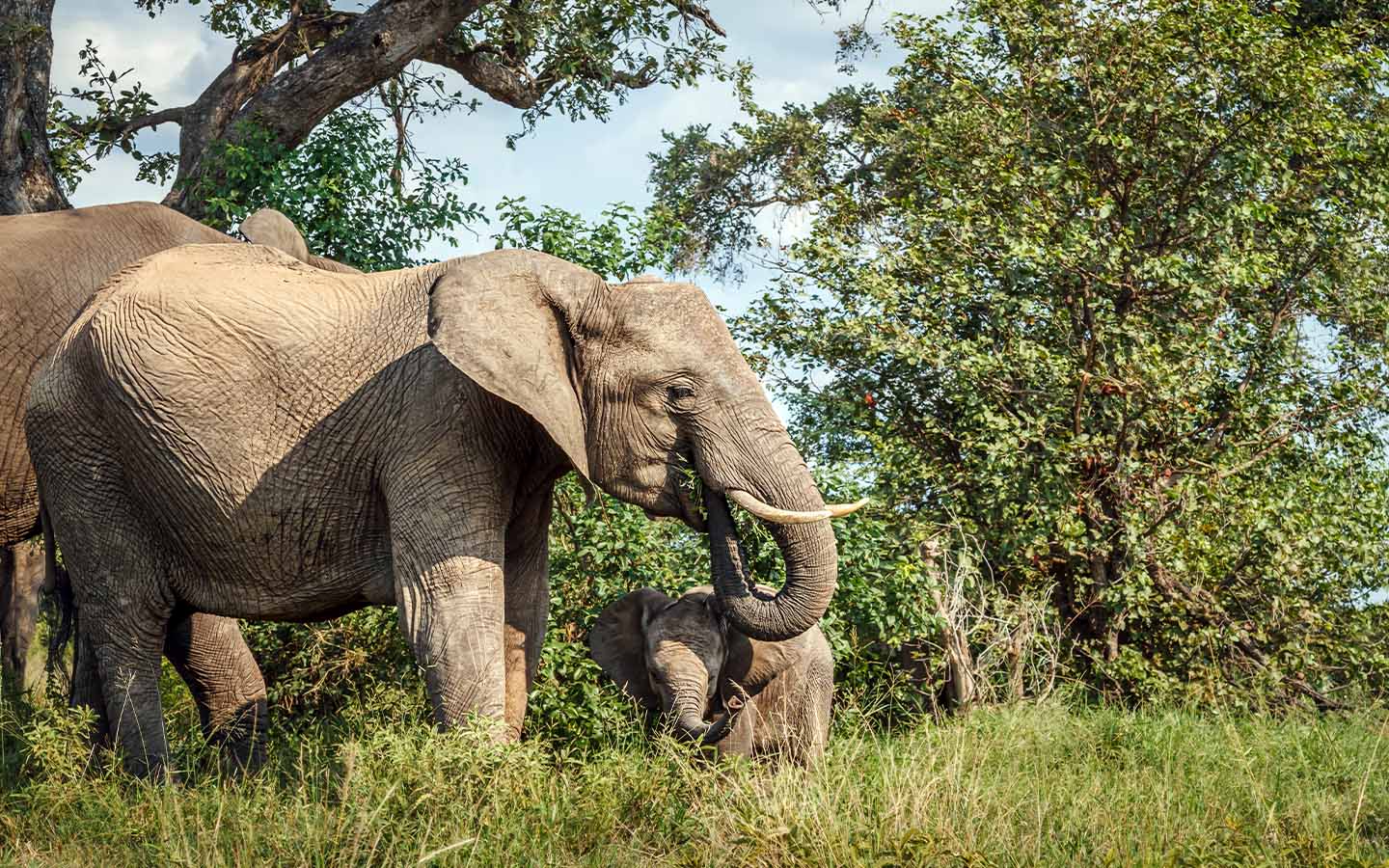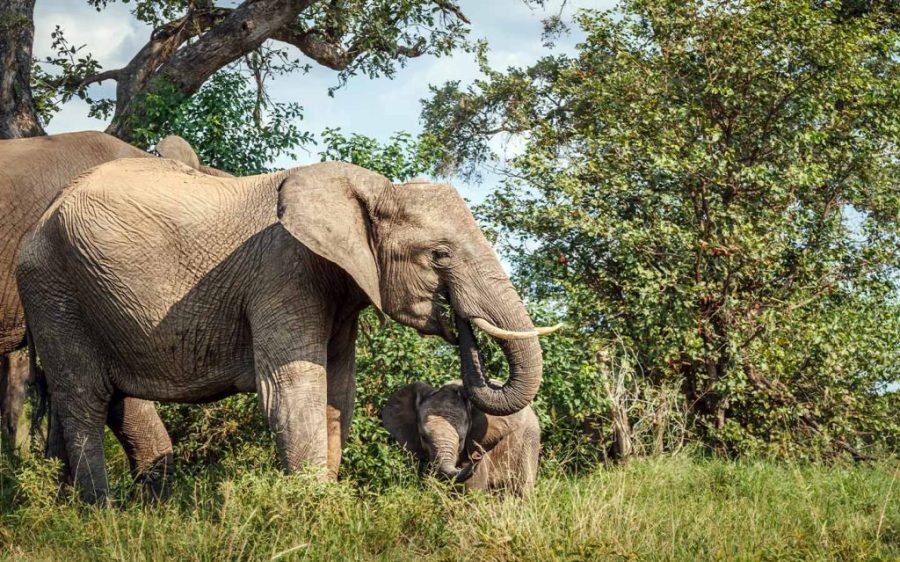A newly established technical commission will tackle resizing Mozambique’s conservation areas, aiming to balance conservation goals with community development, reports local news outlet Club of Mozambique.
Back in March, the director-general of Mozambique’s conservation agency Administração Nacional das Áreas de Conservação (ANAC) reflected on how the greatest challenge facing conservation efforts had shifted from a decade ago. Where monitoring illegal natural resource exploitation activities dominated their work then, now the priority is to ensure that the benefits of conservation are shared with local communities.
The Technical Commission for the Resizing of Conservation Areas (known by its Portuguese initials CTRAC), established in mid-October, aims to help with that by establishing “a balance between the conservation of biological diversity and human development.” It will “coordinate and provide technical and institutional support to the government in the process of resizing existing conservation areas in the national territory,” with an initial mandate of one year to carry out its work.
[See more: Mozambique announces first elephant survey in seven years]
Mozambique’s conservation areas cover more than a quarter of its territory, comprising 19 national parks and reserves, 20 coutadas (hunting areas) and a variety of other categories of land. CTRAC will have the authority to conduct a technical and legal survey of the current conservation areas, identify overlaps and conflicts with community use, development projects, or zones of public interest, and propose new boundaries and management categories for these areas.
Representatives from ANAC and nine other government agencies, as well as two independent specialists in ecology and spatial planning will be included in the technical commission. CTRAC is expected to engage the public through consultation, hearing and dissemination regarding the resizing process and alternation of boundaries, as well coordinate and monitor the process, assessing the resizing proposals to be submitted to the Council of Ministers for approval.
ANAC also launched a recruitment effort in September seeking 351 forest rangers for eight protected parks and reserves in Mozambique. Rangers play a critical role in conservation, engaging with local leaders and educating the community, in addition to patrolling the landscape and monitoring wildlife. Limpopo National Park (Gaza), part of a massive transfrontier park stretching into neighbouring South Africa and Zimbabwe, has the highest number of vacancies at 102. Maputo National Park (Maputo), newly inscribed as a World Heritage site, has the second highest at 77.






